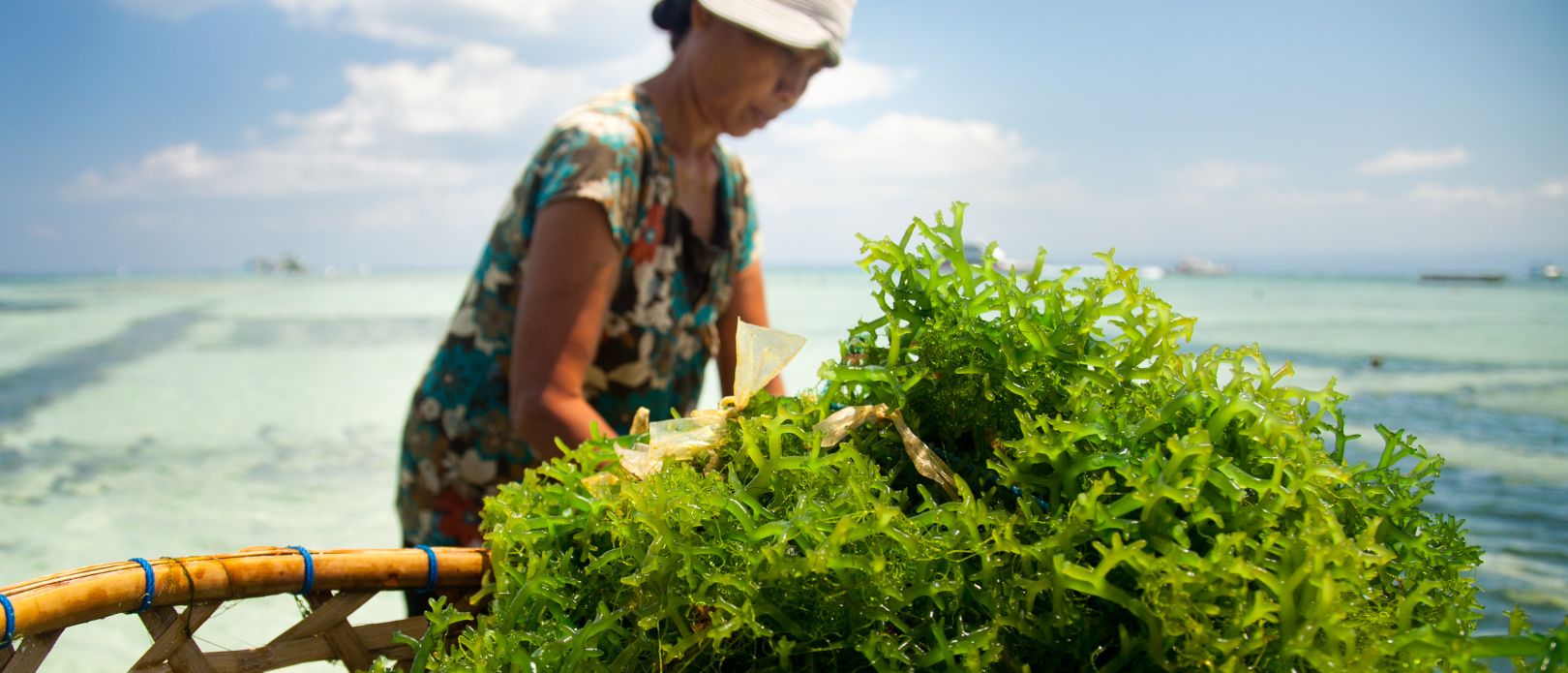- Sustainability risk
- Global food production systems
- Corporate sustainability disclosure
- Systemic risks
- Financial sector
Emmy Wassénius’ research focuses on understanding and assessing sustainability risk
Wassénius is pursuing a joint PhD degree between Stockholm Resilience Centre, Stockholm University, and the Global Economic Dynamics and Biosphere programme (GEDB) at the Royal Swedish Academy of Sciences.
Her PhD project investigates sustainability risk with a social-ecological systems (SES) perspective. Her thesis addresses different angles of sustainability risk; including what risk is, national food system risk, what a SES perspective means for corporate sustainability reporting and how we can start to assess this type of sustainability risk.
Outside her PhD project, Wassénius is involved in research focusing on the sustainable use of natural resources at a global scale, mainly with a focus on food systems and marine ecosystems. She is also interested in discussions on norms, values, and practices in academia.
Wassénius holds a MSc degree in Social-Ecological Resilience for Sustainable Development from Stockholm Resilience Centre and a BSc in Marine Biology from the University of St Andrews (UK). After completing her MSc degree Wassénius worked for two years as a research assistant in the GEDB programme, before commencing her PhD in Sustainability Science.
Supervision
Wassénius' main supervisor is Beatrice Crona.

.jpg)
.jpg)

.jpg)
